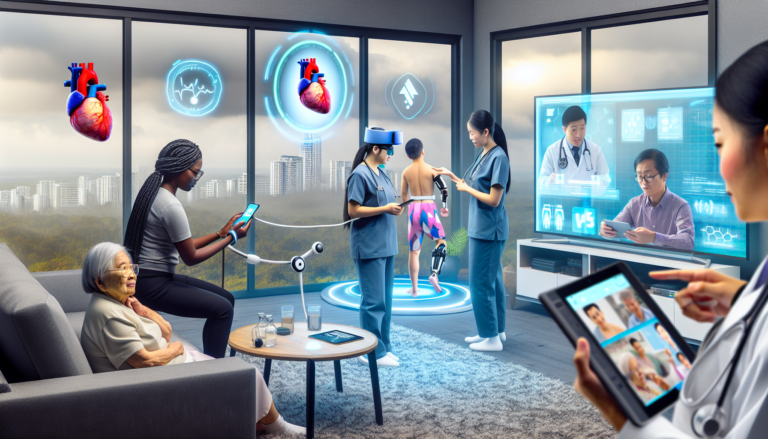With the ongoing advancements in technology and healthcare, innovative solutions are continually being developed to improve the lives of those receiving home health care. One such revolutionary development is telehealth. This game changer has significantly transformed the landscape of healthcare by extending clinical services to patients who find it challenging to make regular hospital visits.
Telehealth, in essence, is the remote provision of healthcare services and clinical information via electronic and telecommunication technologies. This innovative healthcare solution makes it possible for patients, especially those with mobility issues or residing in remote areas, to access quality medical services, consultation, and aftercare at the comfort and safety of their homes.
Improved Access to Healthcare Services
The primary benefit of telehealth is its ability to make healthcare services more accessible. Patients no longer need to worry about lengthy travel times to medical facilities, sitting in busy waiting rooms, or navigating through city traffic. Telehealth tears down geographical barriers, thereby bringing essential healthcare to the doorsteps of the patients.
Easier Management of Chronic Conditions
For patients with chronic conditions such as diabetes or heart disease, continuous monitoring and frequent consultation with healthcare providers are crucial. Telehealth offers a solution for these patients to regularly communicate their health status with their doctor, enabling prompt detection and management of any issues that may arise, thereby minimizing the risk of complications.
Reduced Healthcare Costs
Telehealth can potentially reduce healthcare costs for patients as it eliminates the need for significant travel and allows medical consultations to be done at home. For those suffering from chronic conditions, regular visits to a health institution can also lead to considerable expenditure, something telehealth can notably decrease.
Access to Specialist Care
Through telehealth, patients can access specialists who may otherwise be hard to reach due to geographical restrictions. This advantage can be especially crucial for patients necessitating specific expertise for unique or complicated health conditions.
Despite the many advantages telehealth brings, it is essential to remember that it is not a replacement for traditional in-person healthcare but a complement to it. Some situations warrant personal interaction between the patient and the doctor, with telehealth acting to bridge the gaps when physical presence is not possible or required.
As we continue to witness the evolution and improvement of telehealth technologies, it is reassuring to know that such innovative solutions are making a positive difference in the lives of home health patients. Accessible and efficient healthcare is an underlying right of all individuals, and with telehealth, that right can be fulfilled from the comfort of one’s home.



